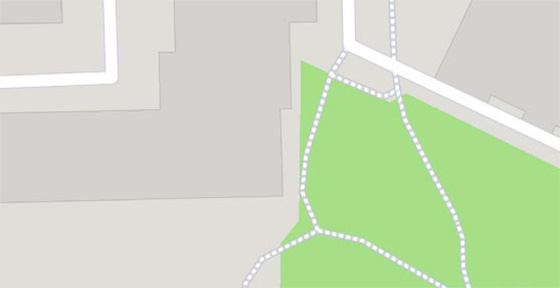The new Pavilion was built in the first half Of the nineteenth century as a private residence of King Frederick William III and his second wife Augusta. The author of the design was Karl Friedrich Schinkel, and the inspiration for this neoclassical building was a Neapolitan villa. Authentic rooms of the royal summer residence have been prepared for visitors, an exhibition dedicated to the work of Karl Friedrich Schinkel as a painter and architect, as well as an art gallery and a collection of sculptures by Christian Daniel Rauch.
In the gallery of works of art there are paintings of eminent Prussian artists who in the nineteenth century, including Caspar David Friedrich, Eduard Gaertner and Karl Blechen.
The new Pavilion was destroyed during World War II. In the years 1957–1960 the building was reconstructed using its surviving external walls. In 2001, the building and permanent exhibition underwent a comprehensive renovation.
Attractions inside




